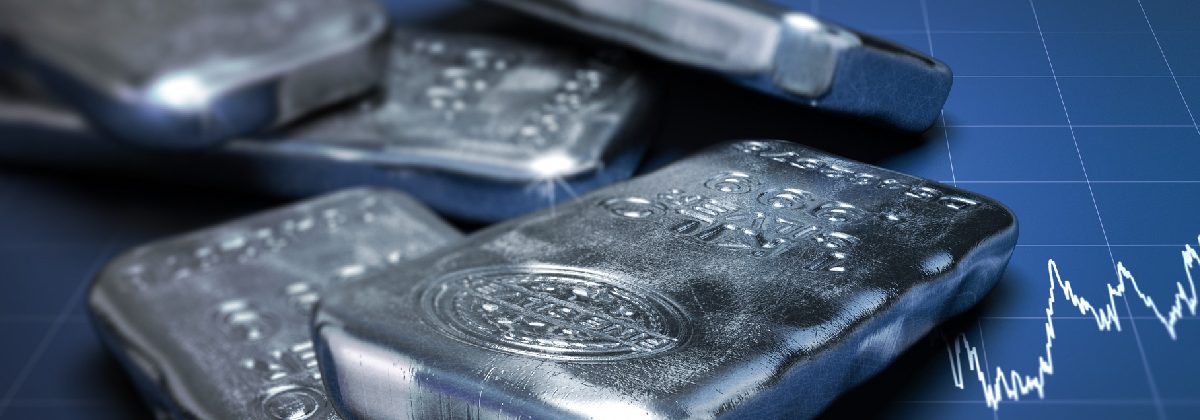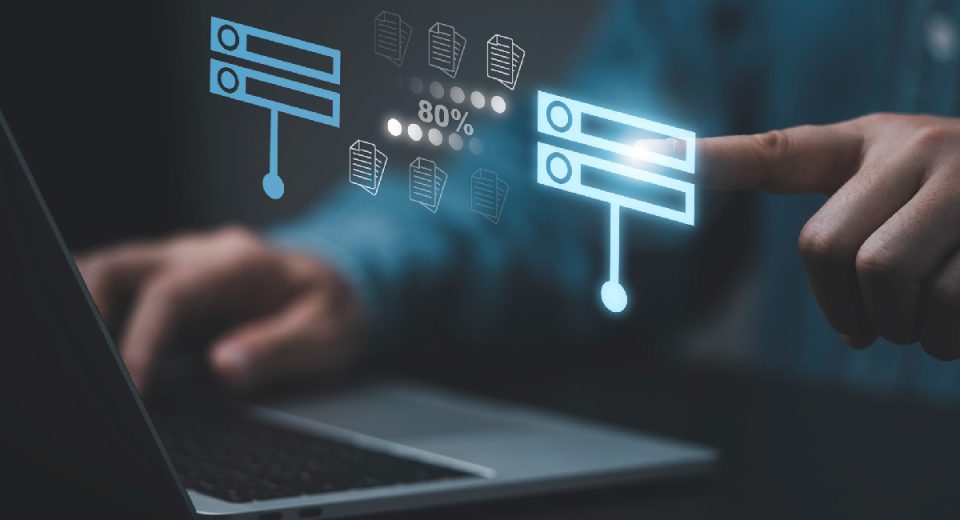Like gold, silver is among the oldest traded commodities. While we no longer use silver coins as currency, the precious metal finds multiple applications in the manufacturing sector and for jewellery making. This makes silver a popular trading commodity. However, to make informed decisions about trading silver, it is important to understand the factors that affect its price.
How is Silver Price Determined?
Silver prices are usually quoted as “spot price,” which means the current price of one ounce of the white metal for immediate delivery. In other words, it represents the value of silver in real time. However, since there is no centralised exchange for silver, there also is no centralised price. The spot price is based on price quotes from a combination of sources, such as:
- The New York Mercantile Exchange (NYMEX) continuous contract price. NYMEX is the largest commodities futures exchange in the world.
- The London Bullion Market Association (LBMA) price, The LBMS is an international trade association representing the over-the-counter (OTC) market for silver and gold bullion worldwide.
- The largest silver-backed Exchange Traded Funds (ETFs) are also used as benchmarks for silver prices. The largest ETF is iShares Silver Trust (SLV).
- Price quotes from silver wholesalers. Silver wholesalers quote their own spot price, which is also used as a benchmark.
The good news is that you don’t need to follow all these different sources to determine silver prices. Most online trading platforms provide silver spot prices for your convenience.
Factors That Move Silver Prices
To master your silver trading strategy, you must know the factors influencing ups and downs in silver prices. Here’s the list of the most influential factors.
- Supply and Demand
The supply of silver is limited, which is one of the reasons for it being considered a precious metal. When demand outpaces supply, silver prices tend to rise. Conversely, when demand declines, prices tend to fall. However, there may be times when the price moves disproportionately to the change in supply-demand dynamics. For instance, if a new use is announced for the white metal, it could drive higher buying volumes, creating upward pressure on the price.
The largest demand for silver comes from its applications across industries. For instance, there was a time when photography used huge amounts of silver due to the metal’s light-sensitive properties. The precious metal is also in demand for manufacturing jewellery, coins and other silver items, which are coveted for their intrinsic value.
- Industrial Demand for Silver
Silver has many industrial uses due to its high reflectivity, electrical conductivity and thermal conductivity:
- Electronics: Silver is used to manufacture electrical contacts, semiconductors, and printed circuit boards.
- Solar panels: Silver’s reflective properties are used in photovoltaic cells.
- Radio Frequency Identification (RFID) chips: The paper-thin antennas of RFID chips are made of sprayed-on silver.
- Medicine: Silver is antimicrobial and can help prevent infections and disease.
- Water purification: Silver is used in water purification devices.
- Wood preservatives: Silver is used as a wood preservative.
- Nuclear reactors: Silver is an essential component of nuclear reactors.
- Glass coatings: Silver is used in glass coatings.
- LED chips: Silver is used in manufacturing LED chips.
Silver is also used in batteries, dentistry, touchscreens, computers, mobile phones and automobiles.
- Macroeconomic Factors Driving Silver Prices
When the economy is strong, consumers spend more on luxury items, such as silver jewellery, watches and other products made of the precious metal. Therefore, economic health is a prime driver of demand. Follow the economic calendar to keep an eye on important economic releases, especially from countries known for their high silver demand. The United States is the world’s top consumer of silver, followed by China, Japan, India, Germany, Italy, Thailand, South Korea, and the UK and Ireland.
Economic factors, such as inflation and rising interest rates tend to spur the demand for silver. The white metal is viewed as a safe-haven investment and a hedge against inflation when fiat currency loses its value due to inflation. Silver has an inverse relationship with interest rates, where silver prices tend to decline when interest rates rise.
- Intrinsic Value
Like gold, silver tends to retain its purchasing power and value even when the value of paper currencies and other assets erode. This gives the white metal the status of a safe-haven investment, where its price rises during periods of economic or geopolitical uncertainty. On the flip side, when the economy is strong and the government is stable, silver prices tend to fall as investors move to higher risk/higher return investments.
- Strength of the US Dollar
The world’s reserve currency shares an inverse relationship with silver. Historically, when the USD strengthens, it puts downward pressure on silver prices. Gold shares a similar relationship with the greenback.
- Gold Prices
Historical data shows that silver prices tend to rise when gold prices soar. Some experienced traders build their silver trading strategy around the gold-silver ratio (GSR). The ratio shows which metal is gaining value relative to the other. A high ratio means gold is more expensive relative to silver, while a low ratio means gold is less expensive relative to silver. Traders use this to make buying and selling decisions.
- Geopolitical Factors
Unfavourable government policies, political instability, regulatory changes associated with mining or the environment, trade policies and geopolitical tensions influence silver prices. For instance, the flare-up of the Middle East conflict in September-October 2024 was followed by investors moving to silver due to its safe-haven status.
- Market Sentiment
Investor sentiment on the white metal is driven by market trends, analyst forecasts and news events. Perceptions of the impact of geopolitical events, inflation and economic conditions also impact market sentiment.
Therefore, it is important to keep an eye on economic and geopolitical news events to strengthen your silver trading strategy.
To Sum Up
- Silver is a popular commodity among traders due to its applications across industries.
- Silver trading decisions are based on spot prices, which are determined from a combination of price sources.
- Supply and demand dynamics are the primary movers of silver prices.
- Industrial demand, economic factors, the intrinsic value of the precious metal, the strength of the US dollar, gold price, geopolitical developments and market sentiment impact silver prices.
Disclaimer
All data, information and materials are published and provided “as is” solely for informational purposes only, and is not intended nor should be considered, in any way, as investment advice, recommendations, and/or suggestions for performing any actions with financial instruments. The information and opinions presented do not take into account any particular individual’s investment objectives, financial situation or needs, and hence does not constitute as an advice or a recommendation with respect to any investment product. All investors should seek advice from certified financial advisors based on their unique situation before making any investment decisions in accordance to their personal risk appetite. Blackwell Global endeavours to ensure that the information provided is complete and correct, but make no representation as to the actuality, accuracy or completeness of the information. Information, data and opinions may change without notice and Blackwell Global is not obliged to update on the changes. The opinions and views expressed are solely those of the authors and analysts and do not necessarily represent that of Blackwell Global or its management, shareholders, and affiliates. Any projections or views of the market provided may not prove to be accurate. Past performance is not necessarily an indicative of future performance. Blackwell Global assumes no liability for any loss arising directly or indirectly from use of or reliance on such information here in contained. Reproduction of this information, in whole or in part, is not permitted.





